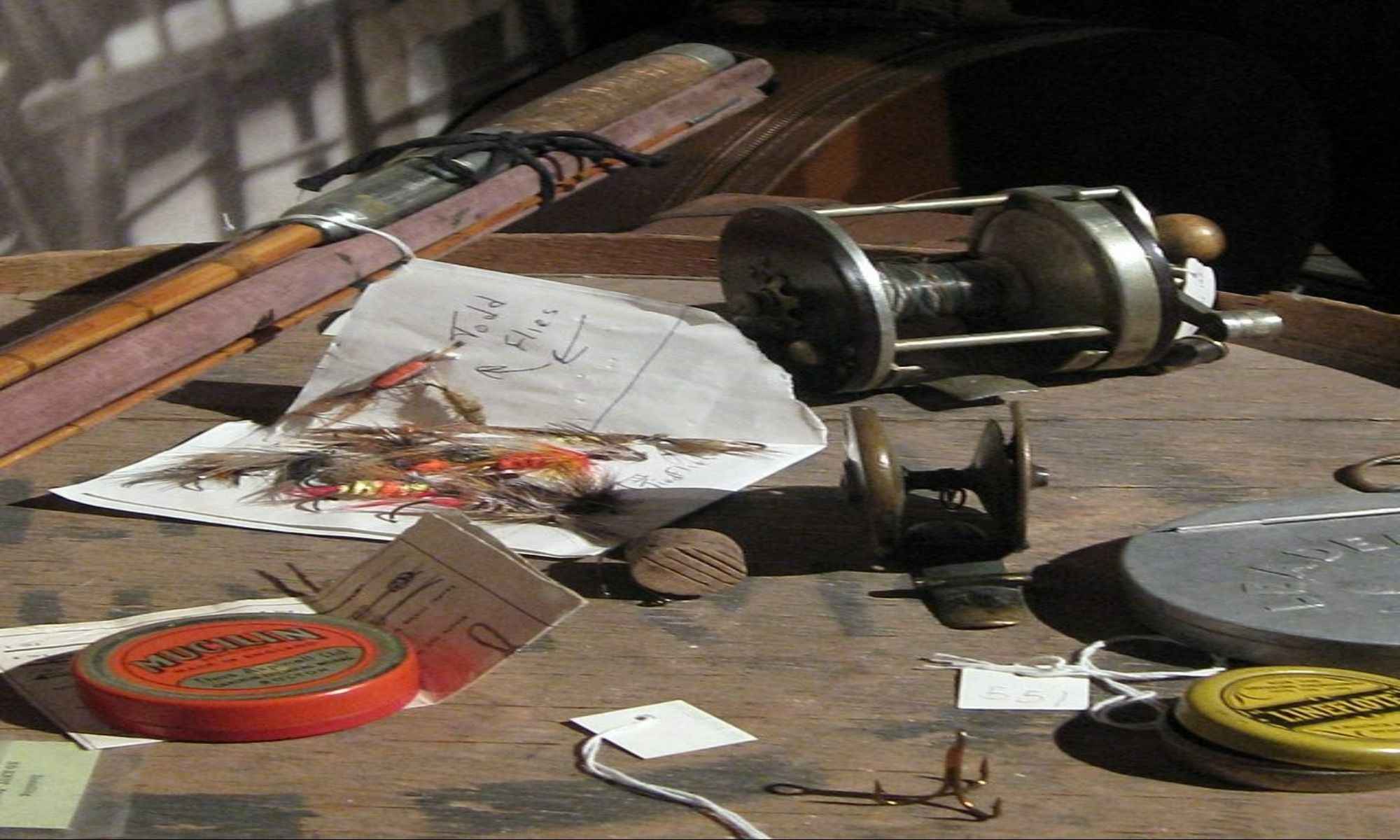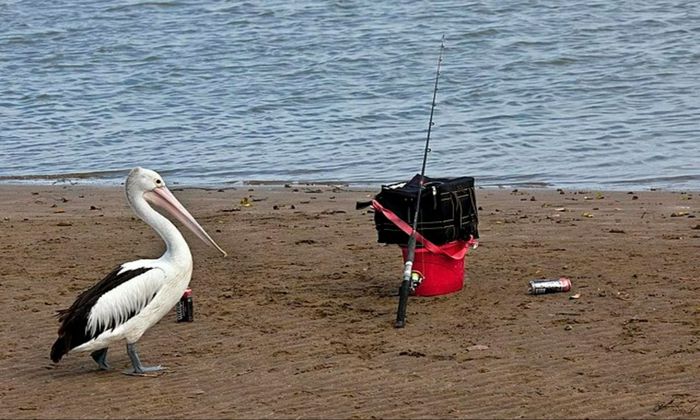A Beginner’s Guide To Fishing Gear
Being a novice at something could get overwhelming. No worries, though, because here are some tips to get you started with fishing equipment.

Walking down the aisles at a large retail store can be scary if you are a novice angler. Regarding fishing equipment, there are almost unlimited choices, making it difficult to know where to begin without going over the budget. We all start as novices, regardless of how skilled or sophisticated a person gets in a particular activity. The best advice for all newbies is to keep things simple.
Fishing is one of those sports that can initially seem complicated due to the sheer number of variables to consider, including the fishing gear, location, technique, fish behavior, weather, temperature, and tides. You will need a few essential items to start your fishing adventure. While there are various approaches to preparing for your first excursion, we have put together a guide you may use when shopping for fishing equipment the next time.
Rod and Reel

For beginners, rod and reel combos are the best option because they take the guesswork out of purchasing separate fishing rods and reels. The manufacturer's recommended range of lure size and line weight is listed on the labels of the rods. Medium-action rods are better for medium-sized gamefish like bass and walleye, whereas ultralight fishing rods are best for small fish. Many inshore saltwater species, such as those caught from piers or the beach, respond favorably to those. Large game fish like catfish, pike, musky, and offshore saltwater are best suited for heavy power rods. The reels were selected with drags in mind to work with the rod's motion.

As for a fishing reel, consider the type of lure or bait you'll be casting. Smaller lures and baits generally work well on spinning reels, whereas heavier lures work better on baitcasters. The rest is a matter of preference.
Fishing Line
The angler tosses or casts the fishing line that connects the lure or bait to the angler's rod and reel to deliver the lure or bait to the fish. The line is crucial for hauling a fish once it has been hooked. Monofilament is a type of untwisted fishing line that is extruded as a single continuous filament. It offers a fair amount of stretch and is transparent and silky. Additionally, monofilament is provided in distinct hues to increase visibility above the water while remaining undetectable to fish. Thermal filament, high-performance material with a lower diameter per pound test than monofilament, is created by thermally attaching tiny fibers. Braided lines are a bit thicker and more popular for fishing larger species.
Live Bait and Lures
What you're attempting to catch and the conditions you're trying to catch it in will determine whether artificial lures or natural bait is preferable for capturing fish as quickly and efficiently as possible. Small, man-made devices called fishing lures are affixed to hooks and strung to the end of fishing lines. These lures are frequently designed like the prey of fish. To draw fish to your line, these are utilized.
On the other hand, living creatures are referred to as natural baits and are used to entice fish to your hook. Worms, minnows, leeches, insects, and shrimp are among the most prevalent species. Bait are actual fish prey instead of artificial lures, which imitate a fish's prey. Fish are more drawn to the real live prey you're presenting. Thus live bait is useful in this regard. They firmly latch on, increasing the likelihood of having a deeply hooked fish on the end of your line, which is less prone to snag.
Fish Finder
Fish finders are tools for locating specific aquatic animals underwater. They are used to looking for and catching fish. The use of fish finders allows the angler to examine the depth, the structure of the water, the spots where the fish are hiding, the speed, and the depth temperature. The sonar waves are integrated into the display with a black or colorful screen. Both motionless and moving objects beneath the water's surface can be located using these signals, transmitting visual representations. A transducer transforms the fish finder’s electrical impulses into sound signals. It allows the angler to have higher chances of catching bigger fish, or if they prefer smaller fish, it makes the whole process much easier.
Tackle Bag/Box
Anglers have a dizzying array of options when choosing the best tackle box or bag because they exist in every size and style imaginable. Choosing a tackle box is similar to selecting a pair of clothes; you want them to "fit" perfectly, with a little extra room for future growth. Use these tips to choose the best tackle storing solution for you.

A tackle box keeps your fishing equipment organized and accessible. It is a more dependable buddy than a plastic or cardboard box. It also serves the same purpose as most people's car's modest toolbox.
Now that you know what to look for, it's time to plan that well-deserved fishing trip!



